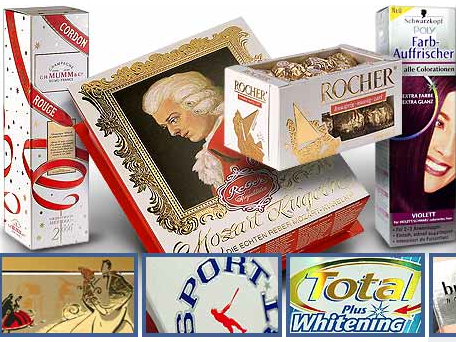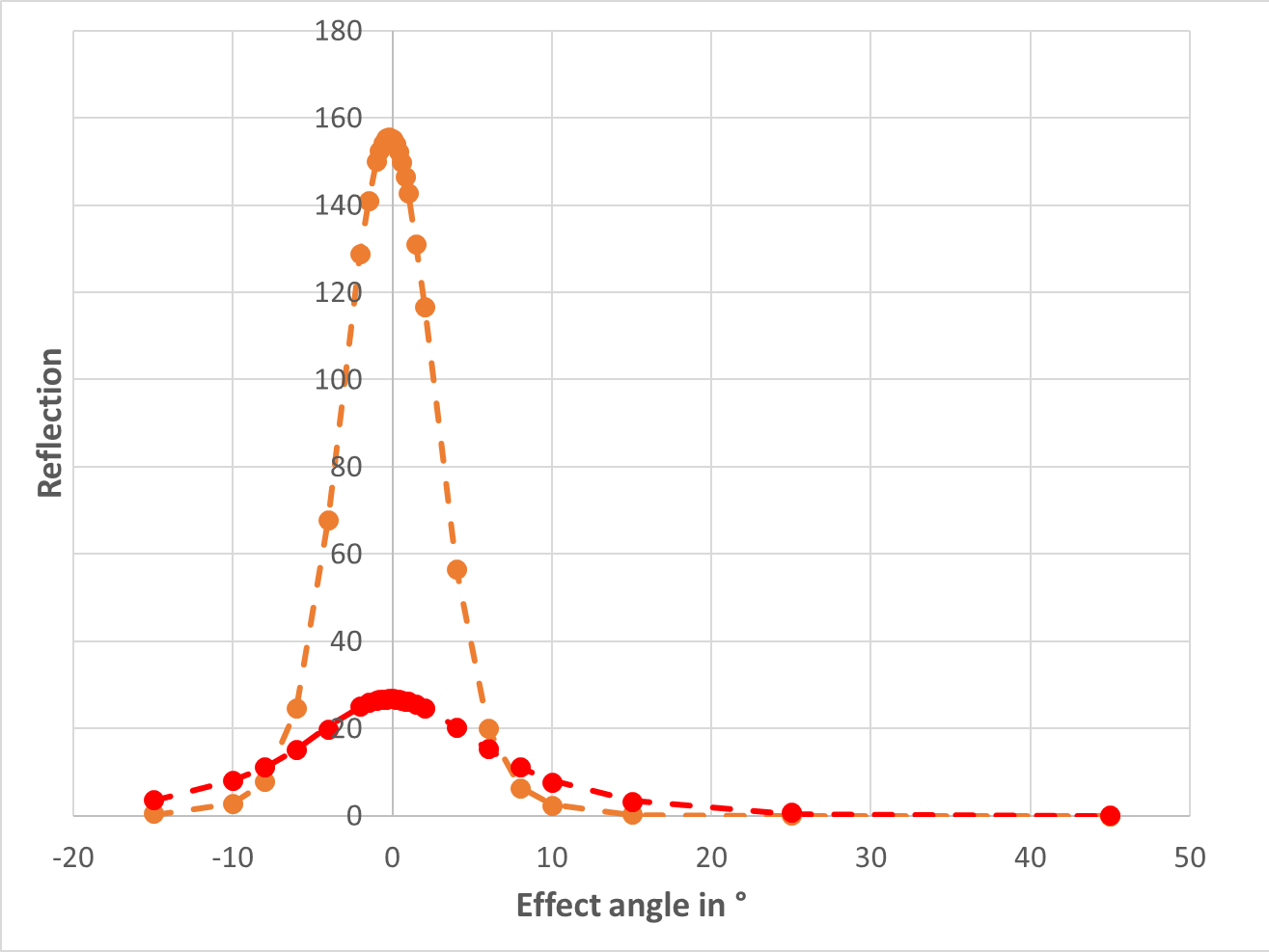Topic of your interest
The workflow for producing metallic effects is problematic in several places. This already starts before printing with the communication of the desired print result. It is still unclear what is generally understood by the term metallic effect. This is why many clients find it difficult to clearly express their intention.
Within the scope of the research project, it is to be clarified which properties in human perception are responsible for the expression of the metallic effect. For this purpose, suitable metrological parameters and metrics based on them are to be developed that enable an objective evaluation of metallized print products.
Solution steps
Metallized prints with different characteristics are produced, procured and metrologically characterized. Using pairwise visual comparisons under different lighting conditions, a sensitively equidistant scale for the metallic effect is also generated. Finally, a functional relationship between the strength of the metallic effect and the metrological parameters is established by means of regression analyses.
Achieved results
Almost all of the measuring devices included were able to determine physical parameters that correlate very well with human perception using suitable customisation functions. Only the parameters measured with a multi-angle colourimeter showed mediocre correlations due to the relatively large distance from the specular angle.



